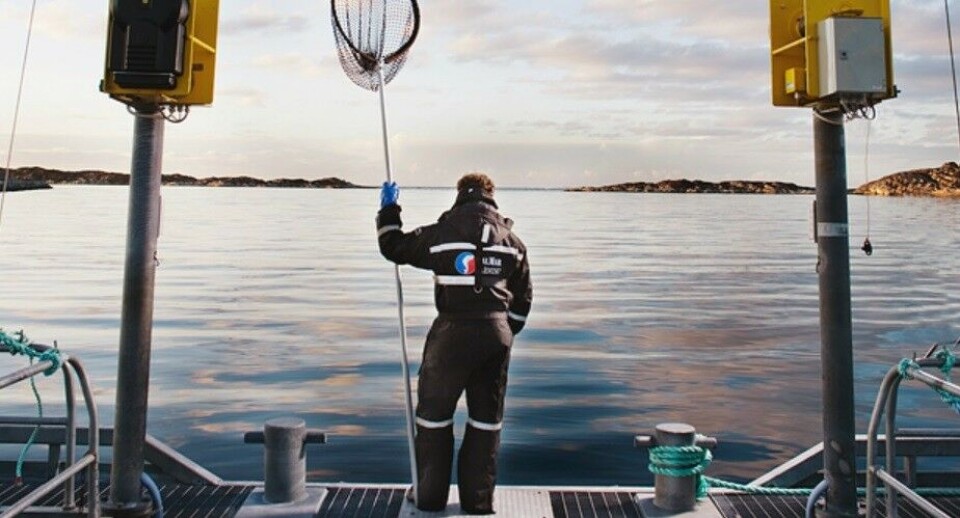
Weak prices and northern results lower SalMar profits
Salmon farmer SalMar has pointed to lower salmon prices and weak results from its Northern Norway operation for a fall in year on year profits in the third quarter of 2019.
A pre-tax loss by Scottish Sea Farms, which SalMar jointly owns with another Norwegian salmon farmer, Lerøy, also impacted upon the bottom line.
“Central Norway posted satisfactory results, in line with our expectations,” said recently-appointed chief executive Gustav Witzøe in a press release accompanying the firm’s Q3 report.

Challenging period
“Sales and Processing achieved good results on the back of efficient operations and a good allocation of volumes in a challenging period with declining prices. However, Northern Norway’s performance was very weak.”
SalMar’s operational EBIT fell from NOK 939.1 million (£33.2m) in Q3 2018 to NOK 613.5m in the same period this year.
NOK per kg came to NOK 17.12 for the third quarter of 2019, a decrease of NOK 8.91 per kg compared with the same period last year.
Pre-tax profit fell from NOK 1,205.5m in Q3 last year to NOK 263.1m on a harvest of 35,800 tonnes, 300 fewer tonnes than in the same period in 2018.
Negative contribution
SalMar said associated companies made a negative contribution of NOK -39m for the quarter, compared with a positive contribution of NOK 51.2m for the previous quarter and NOK 34.4m for the same quarter last year.
It added: “The contribution is mainly from SalMar’s share of the financial result of Norskott Havbruk (Scottish Sea Farms’ holding company), whose weak EBIT and negative fair value adjustments had a negative impact on operating profit.”
SalMar’s Icelandic subsidiary, Arnarlax, had a good quarter, harvesting 2,300 tonnes (Q3 2018: 1,200 tonnes) and making an operational EBIT of NOK 21.9m (NOK -31.7m).
Central Norway
The company’s Central Norway division, its largest business segment with 68 licences, harvested 28,100 tonnes compared to 32,900 tonnes in Q3 2018, and made an operational EBIT of NOK 544m (NOK 870.7m).
Some fish were harvested early because of sea lice pressures, but the company still expects to harvest around 97,000 tonnes from Central Norway for the whole of 2019.
SalMar’s Northern Norway segment, which has 32 licences, harvested 5,400 tonnes (3,200 tonnes), but the positive effect of the higher volume was moderated by lower salmon prices.
Illness and the risk of illness led to fish being harvested earlier than planned.
Operational EBIT was NOK 5.9m (NOK 51.1m).
SalMar expects to harvest 48,000 tonnes from the division for 2019.
Overall the company expects to have harvested 145,000 tonnes in Norway and 10,000 tonnes in Iceland by the end of 2019 and is guiding for 152,000 tonnes in Norway and 10,000 tonnes in Iceland next year.






















































